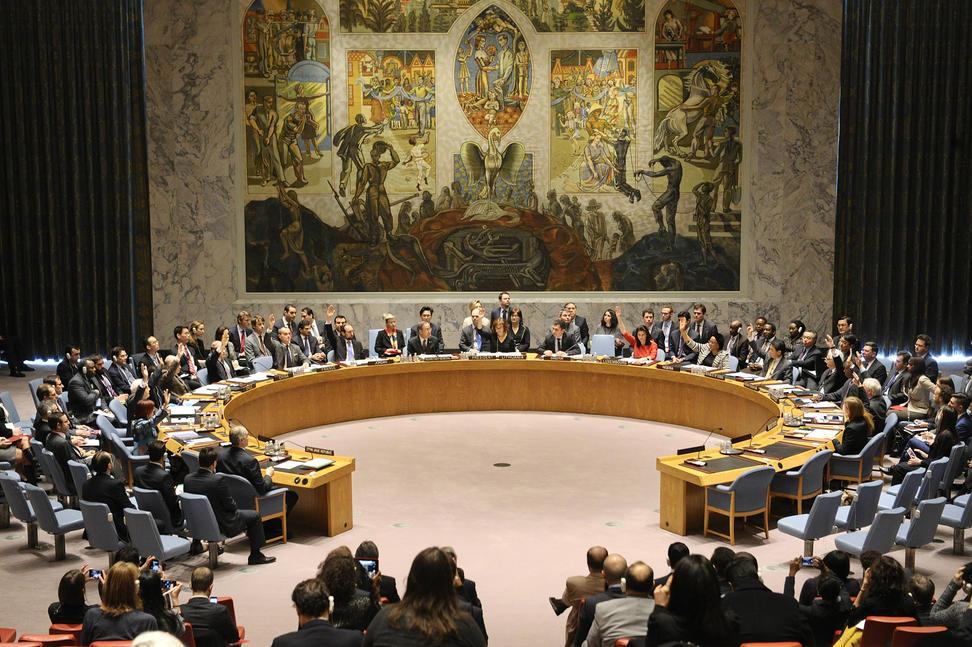It is election season at the United Nations. On June 7 the General Assembly will pick new members to join the Security Council. The results of some (but not all!) of these elections are foreordained — and the new composition of the Security Council will have a big impact on how the entire UN operates when these new countries take their seats.
The fifteen member Security Council is the most powerful organ of the United Nations system and is the only world body that can authorize a war. The council is made up of five permanent members that hold a veto — the United States, Russia, China, France the and the United Kingdom. Ten other members serve for two years, and after their term expires are replaced by countries from the same geographic region.
In 2020, five seats will open up, two from Africa, currently held by Cote D’Ivoire and Equatorial Guinea; one from the Asia-Pacific region, held by Kuwait; One from Latin America and the Caribbean, held by Peru; and one from Eastern Europe, held by Poland.
In order to be elected to the Security Council, a country must receive the support of two thirds of the the General Assembly, which means at least 129 votes out of 193 voting members of the UN. What often happens is that regions decide amongst themselves what country they will back for the open seat, obviating a competitive election. This is the case for each region with the exception of Eastern Europe. Niger and Tunisia are running for the two open Africa seats, Vietnam for the Asia seat, and Grenadines for the Latin America/Caribbean seat.
The only competitive election is in Eastern Europe, in which Estonia and Romania are vying for the seat being vacated by Poland.
Why Security Council Elections Matter
The ten rotating members of the Security Council may not have the veto, but they do have power and influence. For one, much of the work of the Security Council proceeds by consensus. When consensus is required single member, even from a small country, can wield considerable influence over the outcome of the question at hand. Also, any Security Council resolution needs at least at least nine affirmative votes (and no vetoes) to pass so the non-permeant members do have the ability to block Security Council action. In 2018, for example, four resolutions tabled by a P5 member failed to gain the requisite nine affirmative votes.
Also, the chair of the Security Council is a position that rotates between members each month. By design, the Chair gets to set the overall agenda of the Security Council for the month and countries typically use the opportunity to hold a meeting on a topic of importance to that country.
Finally, one of the defining characteristics of the Security Council in recent years has been the growing division between the P5, particularly between Russia and Chin and the West. In the face of a fractured P5, the E10 has emerged as a more powerful force, able to drive agendas when the veto-holding members are divided. The Security Council Report, which tracks the work of the Security Council notes that “in the face of acute divisions among the permanent members, the ten elected members (E10) have emerged more strongly as an active group despite their political differences, enhancing their contribution to the substantive work of the Council.” This includes the elected ten members playing a leading role in security the passage of certain humanitarian resolutions related to Yemen and Syria.
To be sure, the P5 are the dominant forces at the Security Council. But the elected ten members can–and d0 — wield power. These elections matter.
